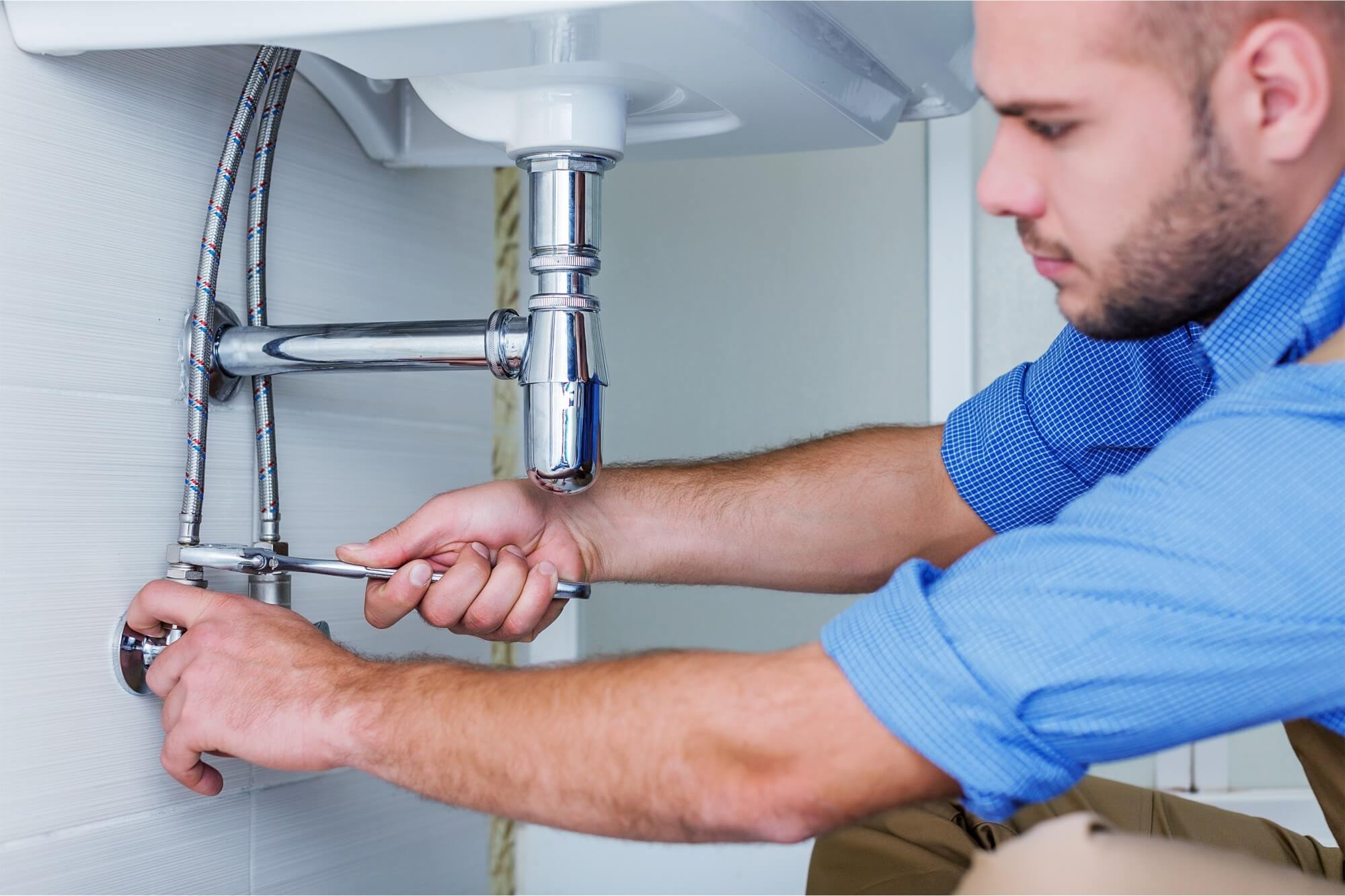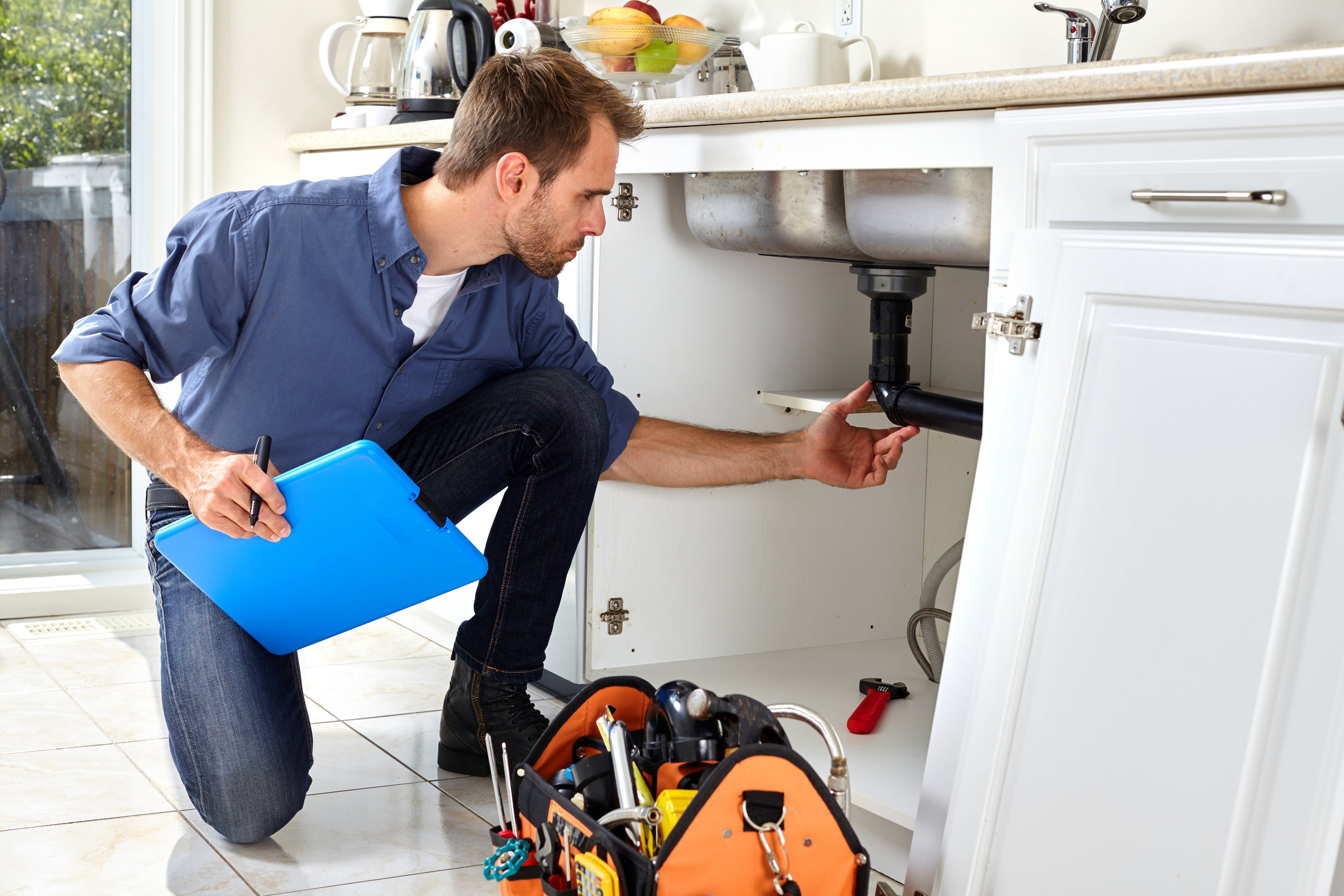Fast and Reliable Drain Cleaning Alabaster AL Services Available
Fast and Reliable Drain Cleaning Alabaster AL Services Available
Blog Article
A Step-by-Step Overview to Reliable Hot Water Heater Setup for Optimal Performance
Getting started on the task of installing a water heating system is a venture that demands accuracy and a methodical approach for attaining ideal performance. As you continue, the complexities of attaching water supply lines and establishing up reputable electrical or gas links await, appealing understandings into ensuring performance and integrity.
Selecting the Right Water Heating System

Following, consider the dimension and capability of the water heater. It's vital to evaluate your family's warm water needs, which can vary based on the variety of passengers and their use patterns. An unit that's also tiny might cause insufficient hot water, while an extra-large version could cause unneeded power intake.
Efficiency scores additionally play a crucial function in selection. Search for water heaters with high Energy Aspect (EF) scores, indicating exceptional performance and reduced energy usage. Tankless designs, though usually much more expensive in advance, offer considerable power savings in time due to their on-demand heating capacities.
Preparing the Installment Area
Before mounting a new water heating system, meticulous prep work of the installment location is crucial. It's critical to determine the area meticulously to accommodate the water heater's dimensions, guaranteeing adequate clearance around the device for efficient procedure and maintenance.
Check the floor for security, as the water heating system will certainly require a solid, level surface to run properly. If necessary, mount a drip pan below the unit to capture prospective leaks or spills, stopping water damage to the surrounding area.
In addition, make certain that all required devices and materials get on hand before commencing the setup. This consists of products such as wrenches, screwdrivers, a degree, and any extra equipment required for securing the heater and placing. A well-prepared installment location establishes the structure for a successful hot water heater arrangement, optimizing efficiency and safety and security.
Connecting Water Supply Lines
When linking water system lines to your recently set up hot water heater, it is crucial to make sure that all connections are leak-free and secure to maintain efficient operation and protect against water damage. Begin by determining the warm and cold water lines. The cold water inlet is commonly marked with a blue tag or a "C", while the warm water outlet is noted with a red label or an "H".
Usage versatile hot water heater ports to facilitate a simpler setup process. These connectors can absorb resonance and enable mild activity, lowering the threat of leakages. Prior to attaching the adapters, put a plumbing professional's tape around the threaded ends of the water heater's inlet and outlet pipes - Plumbing Services Alabaster AL. This tape functions as a sealant, protecting against leaks. Thoroughly attach the versatile pipes to the corresponding inlet and electrical outlet, ensuring that they are tight yet not over-tightened, which can damage the threads.
Once connections remain in place, gradually activate the main water supply shutoff. Examine each connection for leakages by visually really feeling and inspecting for dampness. Tighten up connections as necessary, and ensure the pressure safety valve is properly installed, safeguarding versus too much pressure accumulation.
Establishing Electric or Gas Links
Effectively establishing up the electric or gas connections for your water heating unit is a critical action to make certain reliable and secure operation. For electric water heaters, start by verifying that the electric circuit is suitable with the heating system's voltage and amperage demands.
For gas water heaters, safety and security is vital. Connect the gas line to the water heating system utilizing a versatile gas port, ensuring it is appropriately threaded and secured with pipe joint compound or Teflon tape ideal for gas links.
As soon as links are made, inspect for any prospective leaks. For gas lines, apply a soapy water option to the joints; bubbles suggest a leak. For electrical connections, double-check that all electrical wiring is safe and secure and effectively protected, maintaining compliance with regional electric codes.
Testing and Changing for Performance
With the electrical and gas connections safely in position, the following step is examining the functional performance of your hot water heater. Begin by thoroughly transforming on the water and guaranteeing there are no look at this site leaks at any of the joints or valves. As soon as confirmed, continue to load the storage tank, paying attention to the pressure and temperature level setups. It is recommended to establish the thermostat to an advised temperature level of around 120 ° F(49 ° C) to stabilize power effectiveness and comfort.
Following, carry out a thorough assessment to ensure the burner or burner are working appropriately. For electrical heaters, make use of a multimeter to validate if the elements are attracting the appropriate existing. In gas models, observe the heater flame; it must be stable and blue, suggesting effective combustion.
Adjust the settings as necessary to get he said rid of ineffectiveness. Consider applying insulation actions, such as including a hot water heater covering, to additionally improve performance by decreasing warmth loss. Furthermore, check the anode rod's problem, as a worn-out pole can reduce performance and cause storage tank rust.
Conclusion
Effective hot water heater installation is critical for guaranteeing optimum efficiency and energy financial savings. By picking the suitable kind and size, and meticulously preparing the installment area, a structure for success is established. Safely attaching water lines and carefully establishing electrical or gas connections lessen prospective issues. Thorough testing for leaks and precise thermostat adjustments to 120 ° F boost dependability and performance. Complying with these actions advertises lasting capability and energy conservation in domestic water furnace.

Appropriately link establishing up the electric or gas links for your water heating system is a crucial action to make sure effective and safe procedure. For electric water heating units, start by verifying that the electric circuit is suitable with the heating system's voltage and amperage demands. Connect the gas line to the water heating system making use of a flexible gas connector, ensuring it is appropriately threaded and sealed with pipeline joint substance or Teflon tape ideal for gas connections.
Report this page